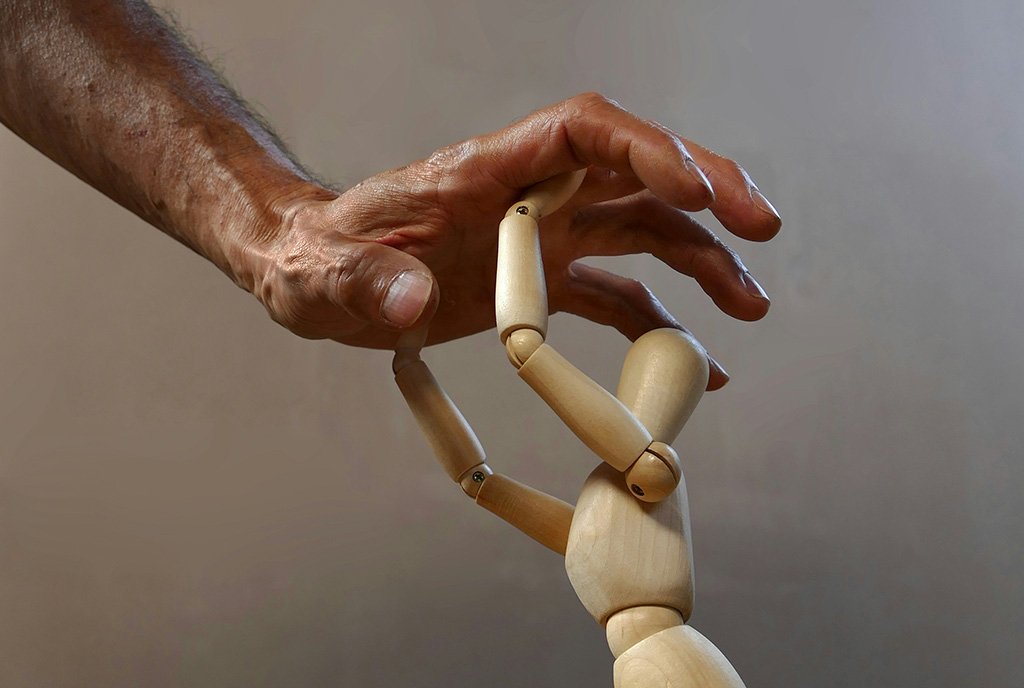
June 26, 2016; VICE, “The Creators Project”
Known as Manhattan’s oldest house, the 250-year-old Morris-Jumel Mansion survived the American Revolution and multiple hosts, including Aaron Burr, to see the proliferation of New York’s multicultural community. Now, in collaboration with Harlem Needle Arts, an arts institute “designed to preserve and promote fiber and needle artisans in the African Diaspora,” the mansion is hosting an art exhibit that explores eight needle and fiber artists’ experiences with their identities and existence as “Africans in the Americas.”
“The Fabric of Emancipation” navigates African-American history through material and fabric, tackling challenging topics such as racial injustice and social inequality in the frame of the mansion and the nation’s history. According to the original press release, the exhibition “not only highlights ills of oppression but it provokes a call to action for communities to research and become culturally aware that Africans in the Americas have an identity which is fractured but stands on centuries of history.”
The topics include consideration of historic events in a modern-day context. In one specific artwork, the artist re-envisions the historic meeting among first female landlords in Seneca in 1848. According to the artist, Sara Bunn, in her piece A Day in the Life of Seneca Village: “We Wore More Than Shackles”:
Sign up for our free newsletters
Subscribe to NPQ's newsletters to have our top stories delivered directly to your inbox.
By signing up, you agree to our privacy policy and terms of use, and to receive messages from NPQ and our partners.
Presenting the villagers boldly dressed in positive, normal day setting helps balance the negative images of the downtrodden [and] enslaved that permeate our history school books. Owning land equates to power now and then, and for men of color, the power to vote.
Michael Cumming’s Freedom largely demonstrates the intentions of the exhibition, with decades of pivotal events in African-American—and United States—history sewn together in one piece. The words “Brown v. Board of Education,” “Segregation,” and “I have a dream” frame a dark-skinned man carrying a guitar, wearing relatively modern clothing and a hat that says, “Freedom.” Phrases from a symbolic Civil Rights song—“We Shall Overcome”—are juxtaposed with lyrics from a Bob Dylan song, “The order is rapidly fading / And the first one now will later be last / For the times they are a-changing.” While from different time periods and decades apart, the lyrics from both songs illustrate the common threads of Cummings’ interpretation of the African American experience.
“The creative license of the artists to spark conversation about the correlation between the history of the mansion and the social revolution of today creates vocabulary and space for the viewer to evaluate the context of the Americas then and the Americas now. The artists are griots [West African storytellers] using thread as their base medium…their collective work represents the intersection of the invisible, the interpretation of oral history, the trauma of silence, African rituals and the continuous struggle for liberation,” said Michelle Bishop, founder and executive director of Harlem Needle Arts. Many of the pieces have appeared in exhibitions or are a part of permanent collections elsewhere, including the White House.—Shafaq Hasan











